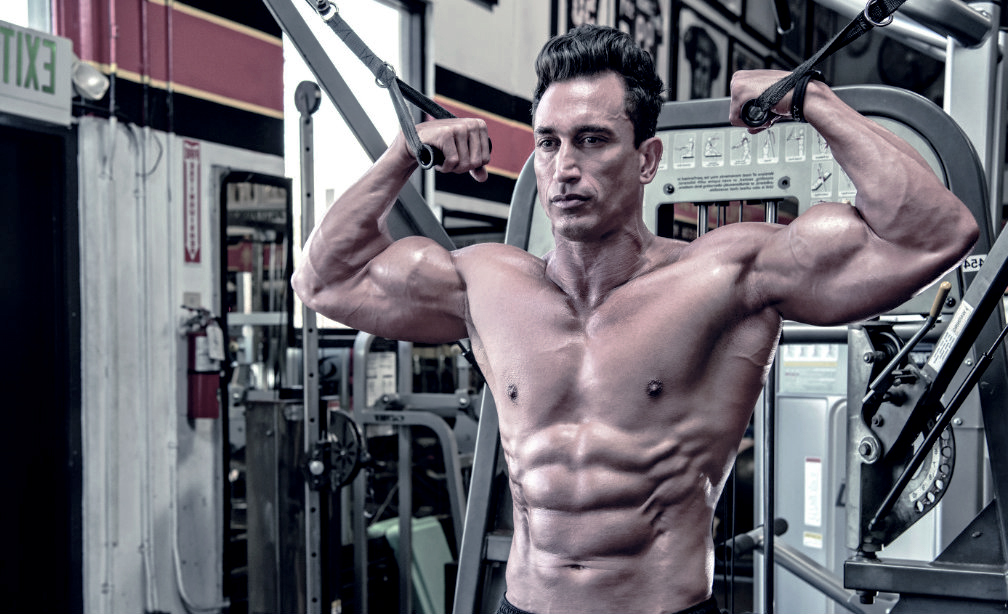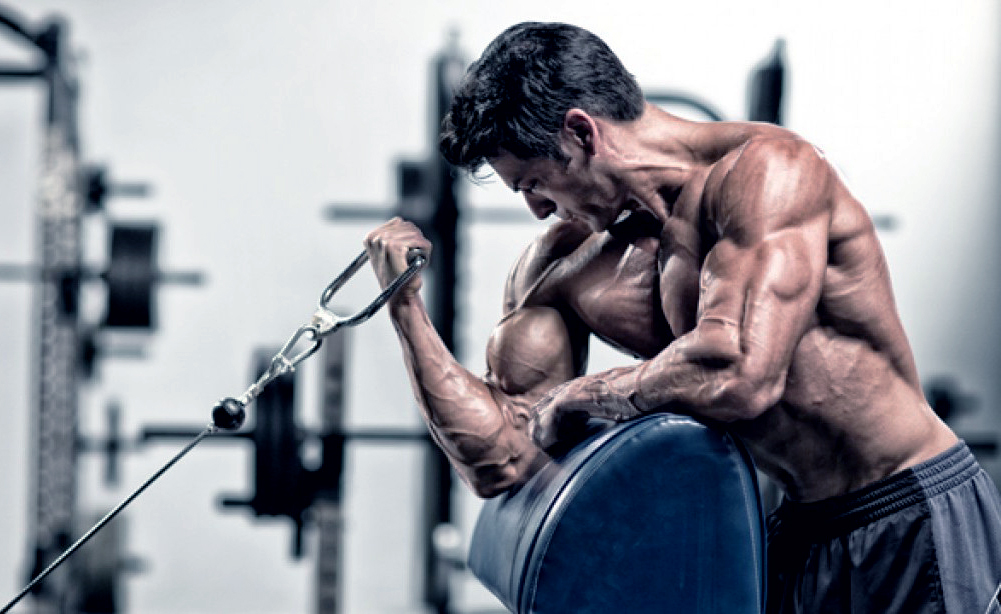Are you experiencing slow biceps growth and development? If you are not blessed with good genetics, building your biceps can be a tedious process giving little results in either mass or strength development. Most of the time, people fail to execute the technique in the proper form – which hiders the rate of growth significantly.
Rather than focusing on a new workout plan, you should stop and think about how to properly execute each technique to fully stimulate the biceps muscle. Understanding the muscle mechanics of the biceps muscle, and how it can – and should be targeted, to maximise growth and development – will allow you to build workout plans tailored to your needs.
So, if you are wondering how to build your biceps, we have laid out some of the most important factors for biceps growth and strength development in this article.
Train All Angles of The Strength Curve
This is one of the most important principles to understand. You need to stimulate the biceps muscle throughout the full extent of its strength curve – whereby the biceps is fully shortened and fully lengthed.
Most people will pick up dumbells, do a standard dumbbell curl with their arms stationed either side of them – this is working the mid-range of the strength curve – the muscle is neither fully lengthened nor fully shortened when performing the exercise at this angle. You must mix up your force angles.
The muscle should be stimulated from the mid-range of its length but, it must also be stimulated at the extremes too. If you can strengthen the two extremes of the strength curve, the mid-range of the curve will become proportionally bigger and the muscle itself will become proportionally bigger.
When is the bicep fully shortened? The bicep is fully shortened when you lift (extend) your arm up, flexing your shoulder as you curl your arm behind your head. The best method to accomplish this is with an overhead high cable curl.
So, when is the bicep fully lengthened? The bicep is fully lengthened when you pull your arm back behind yourself, with a straight arm and with your hand internally rotated (pronated hand). The best method to accomplish this with an exercise is to curl sitting on an incline bench – this will naturally pull your arms back with the force of gravity.
Fully Contract The Biceps
You’re going through a curling action but your bicep may not be fully contacting. Supinating the hand – palms facing up – will engage biceps muscle more. Supination is in fact one of the biceps primary functions. By bringing the last digit (little finger) of your hand up hard at the peak of the movement, this will intensify the contraction.
Your goal should be to place the muscle under maximum tension for a time that fully stimulates the muscle. If the weight is too high you may not have sufficient strength in the biceps to maintain the tension to its fullest extent – other muscles often end up being recruited to manage the weight load. For this reason, lighten up the weight load and try to squeeze and fully contract the bicep muscle hard – supinating the hand as you curl-up and lead with the little finger.
Apply The Progressive Overload Principle
For muscles to develop and grow they must be put under ever greater stress or tension.
Your long-term goal should be to apply higher weight loads over time, while still maintaining good form, posture and concentrated tension onto the target muscle.
The progressive overload principle must be utlised to force growth and development onto the biceps muscle.
Control The Negative Phase
“The single biggest mistake that most beginners make is putting 100% of their effort into the positive (concentric) part of the rep, while paying no attention to the negative (eccentric) segment.” – Dorian Yates (Six-time Mr Olympia)
Negatives are a great way to add more intensity into the workouts and overload the muscle groups you are targeting in the performance.
The majority of muscle microtrauma occurs during the eccentric phase. The resulting muscle fibre damage – microtrauma – will result in adaptions to the muscle structure, where the muscle repairs itself, gets bigger and stronger.
Negatives are performed by slowing down the tempo of the lowering (eccentric) phase of a lift to approximately 3-5 second rep count.
The eccentric phase of the muscle contraction creates greater force with a reduction in energy output – compared to concentric movements. In fact, you can eccentrically control approximately 25% more than what you can lift in the concentric movement, which means heavier weights can be used for negatives.
Another way to use negatives would be to add a few negatives reps at the end of each set. You can use the other free hand to assist the working arm into the correct position by lifting it up, however, make sure that some tension is maintained on the target muscle when you assist the working arm in place.
Ultimately negatives are about focusing tension on the negatives phase through either increase in tension (load) or slowing down the tempo – increasing the time under tension – for the negative phase – leading to an increase in muscle fibre stimulation and breakdown.
Increase The Time Under Tension
Your muscles only really know one thing and that’s tension. You may be relaxing your arms at the bottom of the decent or your tempo may be too high. Both of these will reduce the amount of time that the biceps muscle is placed under concentrated tension.
By putting the biceps under a longer duration of strain, you can cause extensive muscle fibre breakdown (microtrauma), leading to the increase in growth and strength development of the biceps.
To increase the time under tension focus on the following:
- Avoid locking out
- Maintain steady tempo
- Maintain good form
- Focus on the eccentric
- Use drop sets, partial reps, or assisted reps at the end of each set
Join the conversation below. And like & share this article now.



